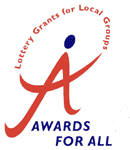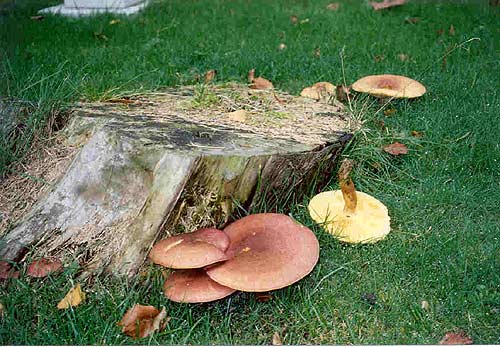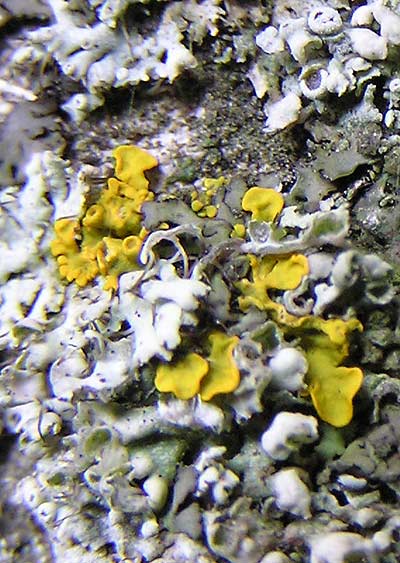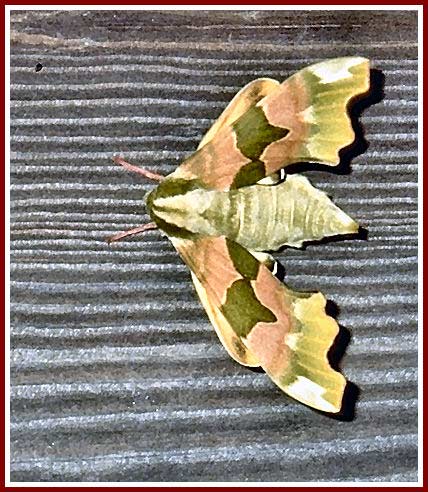![]()
Bingham Parish Churchyard
During 2005/6 BHTA with the Bingham U3A, undertook a project to map the headstones in St Mary’s and All Saints churchyard. The intention was to provide a resource for family historians and to add to the knowledge of 18th and 19th century Bingham already generated by other aspects of BHTA’s research work – e.g. house histories. The team also observed the natural history of the churchyard. We have produced a churchyard trail leaflet, available at the Library in Eaton Place or the Town Office in the Old Court House. The production of the leaflet and the web pages was funded by a grant from Awards for All.

The information collected from the headstones (names, dates, inscriptions and mason’s names etc) is contained in a fully searchable data base. We searched the census records and other material to produce biographical details for many of the individuals whose names appear on the stones. These too are in the data base. To keep track of family relationships during the research we constructed family genealogy charts. Maps showing the location of each stone are available.
There are many web sites now devoted to inscriptions found on gravestones, so we decided to offer the inscriptions from the database as a set of text pages too for those who wish to browse rather than find specific items. In our case, we have ‘added value’ by suggesting a typology of epitaphs that seems to hold for Bingham and may do for other churchyards.
Natural History
There are nine species of tree, with about 20 fine yews. In 1307, Edward I ordered that yew trees be planted in all churchyards to protect the buildings from high winds and storms. The mature yew also provided a source of bow making timber to keep the country’s archers supplied - used in Bingham perhaps on Butt Field. A rather special tree is the Ginkgo biloba (G on the plan), planted by Frank Miles, artist son of the rector Robert Miles. Bingham’s only Tibetan Cherry (Prunus serrula) is at the east gate (TC).
At least 47 different flowering plants have been identified. In spring snowdrops, crocuses, primroses, violets and daffodils abound and in summer the south lawn is carpeted with orange hawkweed. Six different grasses, one fern and five types of moss are also found.

Plums and Custard
From early autumn into winter look out for fungi. Most eye-catching of these are ‘Plums and Custard’ (photo above) (Tricholomopsis rutilans), which grows round the base of one or two large old stumps, and the bright yellow ‘Chicken of the Woods’ (Laetiporus sulphureus), a bracket typically appearing on yews. Both these occur on the North side of the church, as do the pretty ‘Snowy Waxcaps’ (Cuphophyllus virgineus) which sprout in the grass by the path.

Litchen
An often unremarked characteristic of many churchyards is the lichen, and Bingham is no exception. None here are scarce. If you have a 10x magnification glass with you a whole new world is revealed (photo above), There are around 40 different lichens on gravestones and the church wall buttresses. Lichens do not thrive in shade, so look for them away from trees. The lichens are grazed at night by the snails you will find lurking by many of the headstones. You will see lichen mites with a magnifier.

Lime Hawk Moth
Wood pigeons abound, along with blue tits and the inquisitive churchyard robin. Owls can often be heard at night and bats are frequent fliers. You might find a seven-spot ladybird, butterflies and moths - particularly the spectacular lime hawk moth (photo above), You will certainly make the acquaintance of grey squirrels!
Our website has complete species lists.
The Headstones
Of course the main feature of the churchyard arises from its primary function, as a final resting place for Bingham’s former residents. Many churchyards suffered a shortage of space in the mid nineteenth century and plots were reused. In many cases the ground level was artificially raised to increase capacity. Dramatic local examples of this are at Orston and Tithby. It appears that Bingham ran out of space in the late 1600s and the graveyard was extended over Church Street, leaving only two footpaths to connect Church Street and East Street. In 1888 the problem was finally solved with the opening of the municipal cemetery on The Banks. Our research did not extend to the cemetery. Burials continued in the churchyard after that for a few committed family plots. Cremation ashes are still buried in the memorial garden north of the church.
There are many fine headstones in the churchyard. 50% are of Swithland Slate from Charnwood Forest in Leicestershire. This is the case in many churchyards in the Vale of Belvoir and would have involved considerable transport costs in the days of the horse and cart and later of canals. The carving on the slate stones is as crisp as if it was done yesterday, so little does the slate weather. There are also sandstone, limestone and marble stones. There are about 600 gravestones in the churchyard, with only nine slabs set in the floor of the church. Traditionally, burial in church was reserved for the rich. Bingham did not have an aristocracy, being owned by the absent Earls of Chesterfield and then Carnarvon. The town was run by the big farmers, the professionals and successful trades-people. Before the 18th century most graves were unmarked or had wooden memorials, which rotted away. Stone would have been too expensive for ordinary folk. The earliest stones are four from the late 1600s. There are 130 from the 1700s and the rest are of the 1800s. There are three ‘Belvoir Angels’ (photo below) with their charming simple faces and wings which are found throughout the Vale of Belvoir. The stones record over nine hundred names and can often conjure up notions of life in the past as well as reveal relationships important to family historians. Infant mortality becomes depressingly evident from many stones. Some inscriptions are quite moving even with the passing of the years. Some may bring a tear or a smile, some may uplift you and some will provoke you to imagine the life remembered. You will need to kneel to read some!

Belvoir Angels
